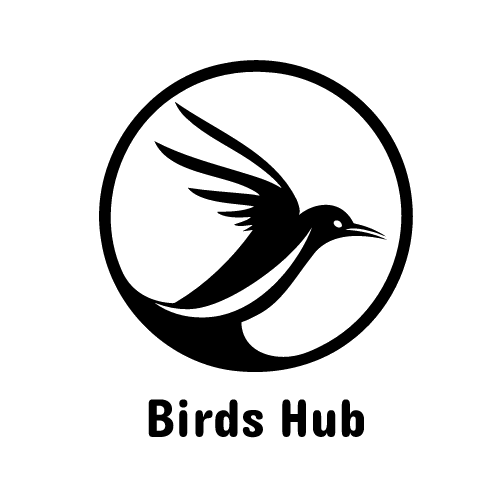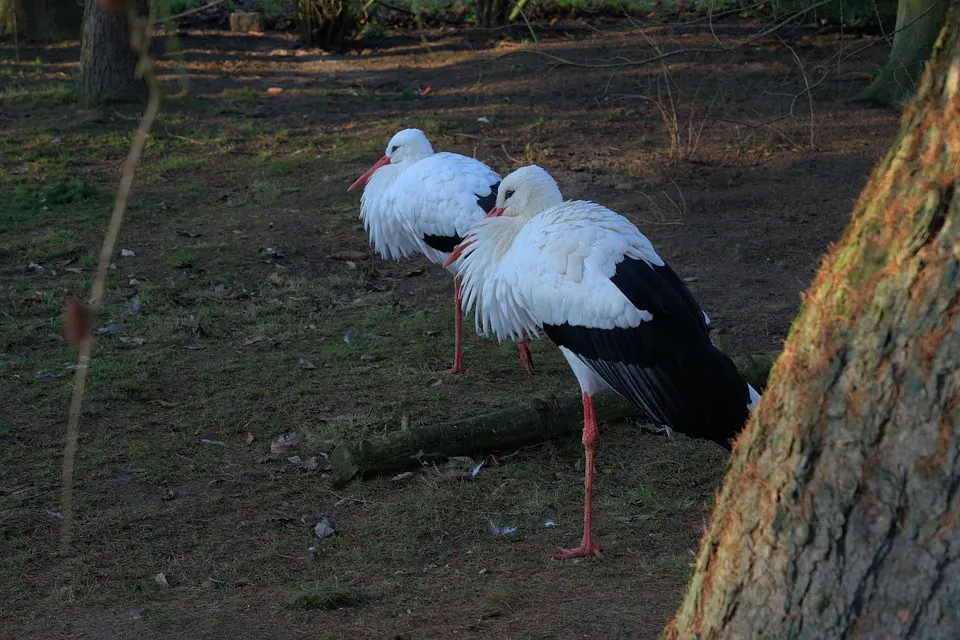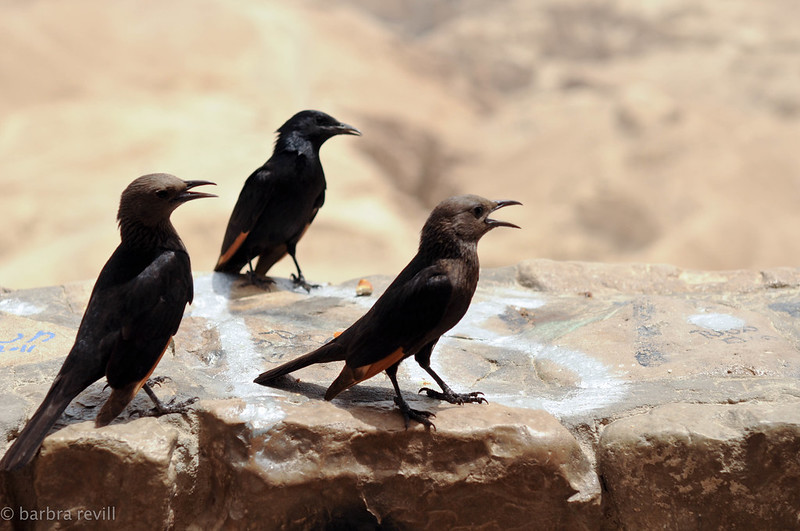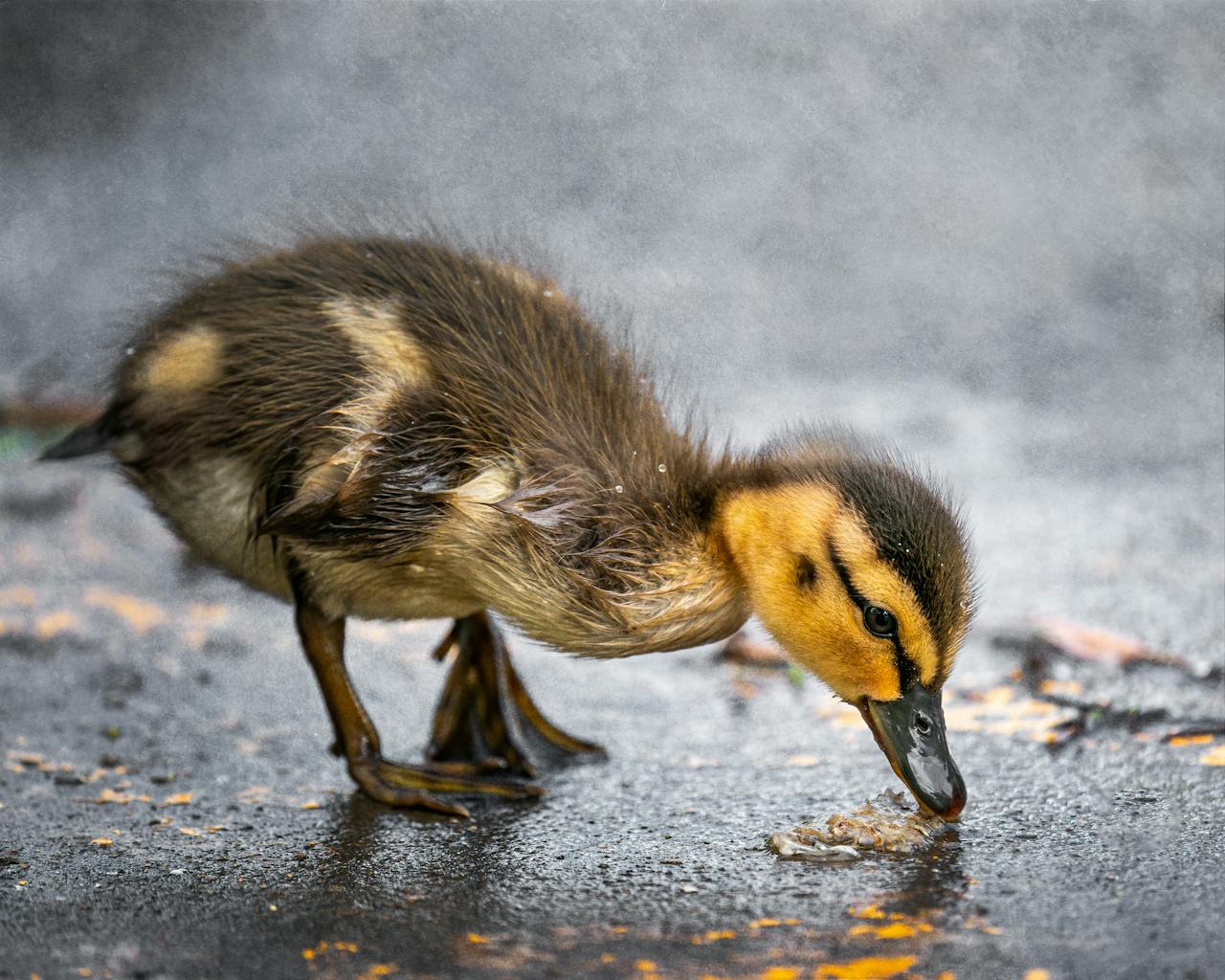It’s easier to tell if a bird is pregnant if you know her normal behaviors and patterns of egg laying. By the time the eggs are visible, it’s usually too late to tell the difference between an egg and the beginnings of an embryo.
You can’t see an embryo inside a bird through her feathers, so it’s hard to tell whether or not she’s pregnant until she lays her eggs.
Female birds do not have a menstrual cycle, so there is no blood or discharge associated with the female bird ovulating and becoming pregnant. A female bird can be sitting on eggs and not be brooding. A female bird is brooding when she sits on the eggs for the incubation period of time it takes for the eggs to hatch. She will get off of the eggs to eat, drink and eliminate waste, but she will return to the eggs as soon as possible. The length of time it takes for an egg to hatch varies according to species, so you need to know what kind of bird you are watching before you can determine if she is being a good mother or just taking a break from her normal perch.
What Are the Symptoms of a Pregnant Bird?
The following signs can be observed in a pregnant bird:
The abdomen becomes enlarged and bulges out, with the bird looking fatter than usual.
There may be an increased appetite with a noticeable weight gain.
A female bird may experience swelling of the crop or an enlargement of the breast.
The cloaca (vent) is often swollen and enlarged and produces more mucus (the cloacal area is where the eggs are laid).
The cloacal area may be puffed up and swollen and become pink as the eggs develop and get ready to be laid.
A gravid (pregnant) female may exhibit nesting behavior, digging and tearing at bedding materials. Often, a gravid female will actually build a nest before she lays her eggs.
The best way to tell if a bird is pregnant is by a trained avian veterinarian. This person will be able to determine if the bird is in fact, pregnant and what stage of pregnancy the bird is in. The bird will have a large crop (the area under the throat) and possible egg shaped protrusion from the vent (where feces and eggs come out).
A trained vet can also tell if there are any eggs in the crop. Eggs can become lodged in the crop if a bird is trying to lay more eggs than she should be or if there are problems with her digestive system.
Do Birds Look Pregnant?
Birds are different in that their body is not a single unit, as it is with mammals. Birds have hollow bones and their bodies are very light. That’s why they can fly. But this difference makes it difficult to find a place to store eggs, especially if they are large. So birds typically store them in their abdomen, where mammals tend to store their food.
While birds do not have a conventional nine-month pregnancy, the terms “pregnant” and “egg-bound” are used in avian medicine to describe egg laying and the process of egg laying.
In most birds, eggs are laid one at a time, every other day, with the exception of waterfowl where an entire clutch may be laid within a few hours. Some female birds lay eggs even if there is no male around to fertilize them. This is called parthenogenesis. Some birds lay infertile eggs even when they mate normally.
Even if the eggs in a nest are sterile, it is important to let the female bird finish laying all of her eggs. This can take up to two weeks after her first egg was laid. If you remove an egg before she has laid all of her eggs, she may continue to lay more eggs in another location or become egg bound and die from complications related to egg binding.
When a bird is going through the process of producing and laying an egg, it can look like she has gained weight and looks pregnant.
How Long Are Birds Pregnant For?
Birds do not have menstrual periods. Instead, female birds become fertile for a few days every few weeks during their breeding cycles. The bird’s fertility depends on the species, but generally the shorter the daylight period, the shorter the bird’s cycle. This means that birds are most fertile during the winter season and least fertile during summer.
During this fertile period, a female bird will lay an egg as soon as a male’s sperm is present in her oviduct (reproductive tract). Once an egg is fertilized, it is formed in a yolk sac that nourishes the embryo until it’s ready to hatch. During this time, a female bird will lay an egg every day or two until she has completed her clutch.
The incubation period of a bird depends on its size and species. Some small birds incubate their eggs for 12 days or less, while larger birds such as swans and ostriches may incubate their eggs for over 35 days. Generally speaking though, most birds sit on their nests for about 14 to 18 days before hatching occurs.
How Do I Know if My Parakeet Is Pregnant?
It’s hard to know for sure if your parakeet is pregnant until you see an egg.
However, you might notice some changes in her behavior if she is pregnant:
She might stop singing and become quieter than usual.
She might pluck out some of her feathers to line the bottom of the nest.
If you have another bird, she may attack him more frequently.
As in human pregnancies, there are some parakeets that will show more signs of pregnancy than others and there are those that do not show at all.
The only way to know for sure is to have an xray done on the bird. This should be done by a vet with experience in birds.
A pregnant parakeet will get bigger and rounder in the belly, and might develop a pinkish or bluish tint to her beak. She may also have a bulging crop. Be aware that some birds are just naturally more full-bodied than others. If she is sitting on eggs and feeding chicks, that’s a good indication of pregnancy.





Leave a Reply